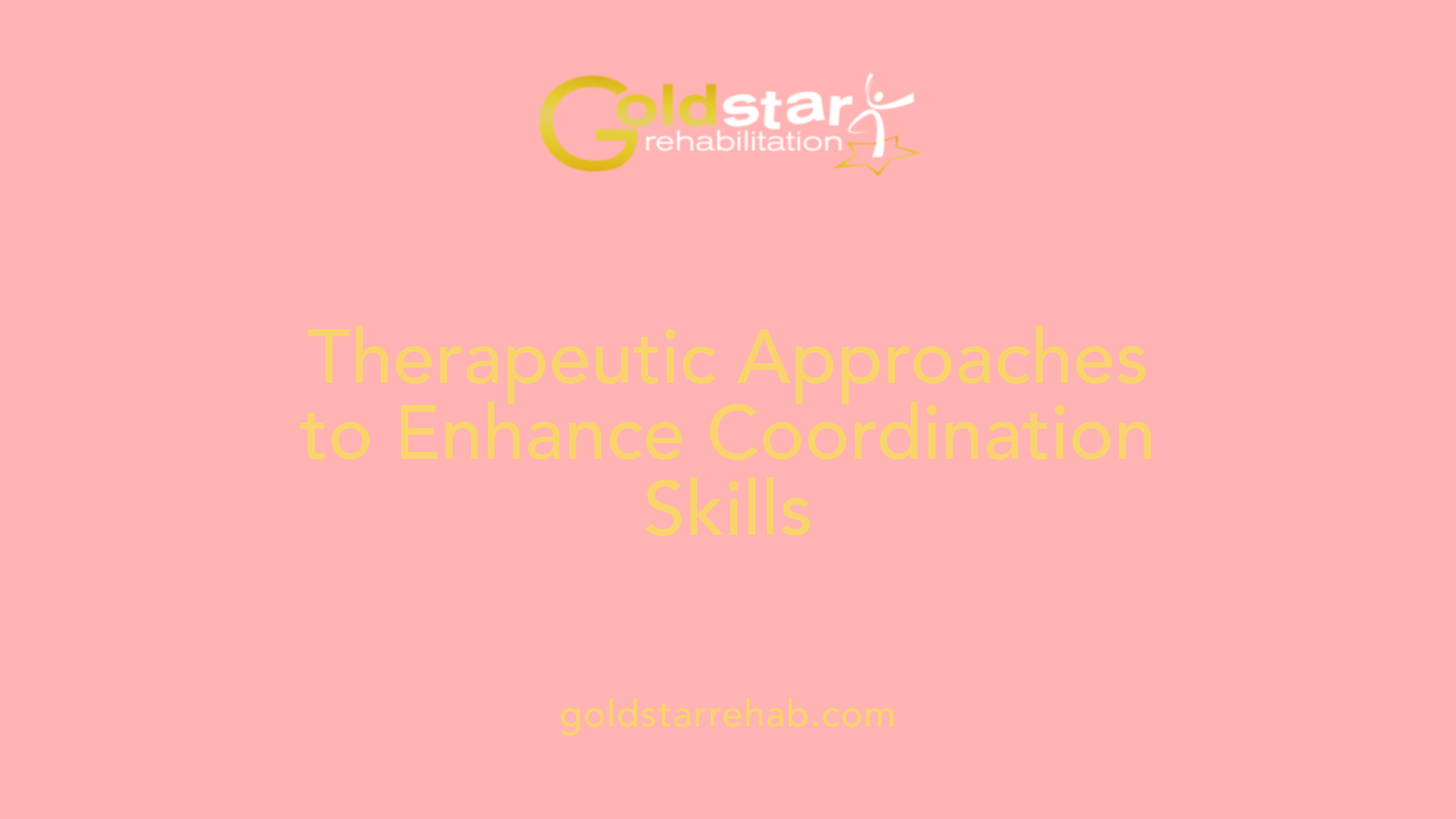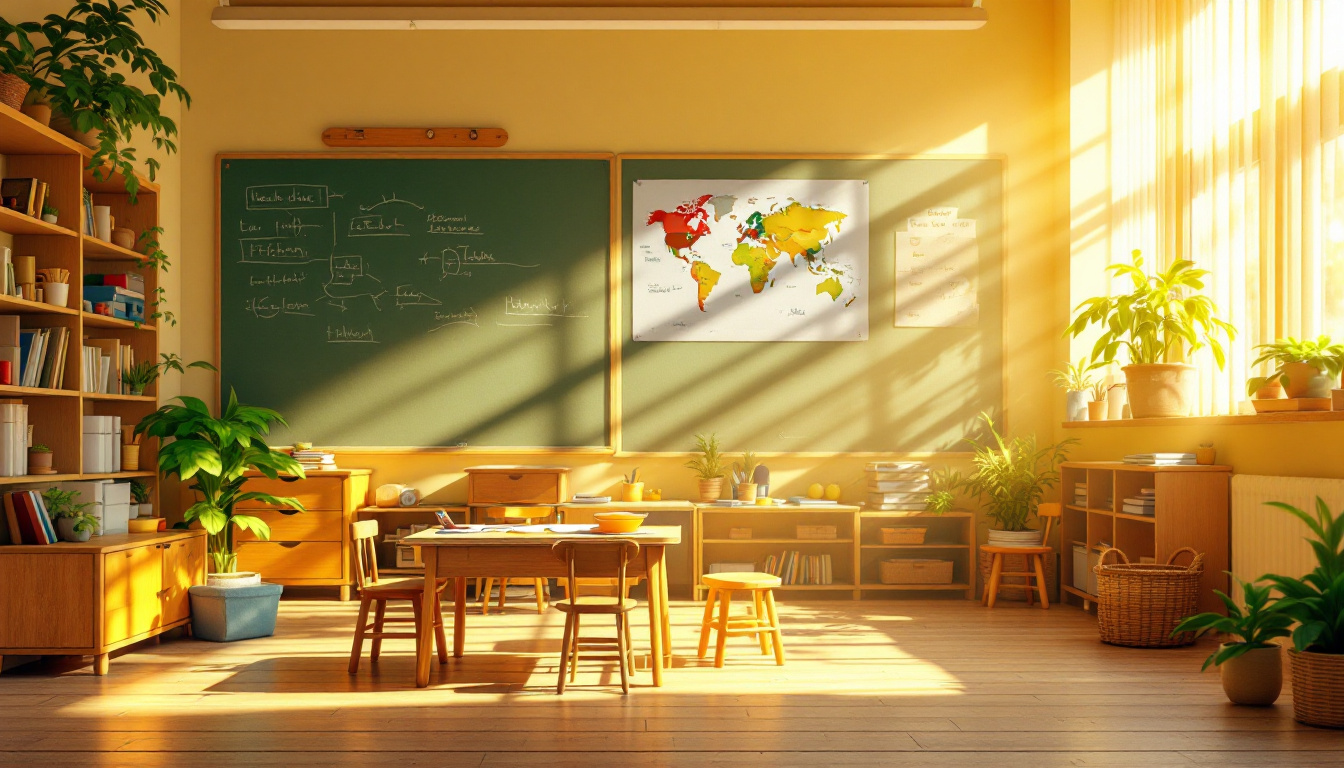Why Some Children Struggle with Balance and Coordination
Unraveling the Complexities of Children's Balance and Coordination Challenges
Understanding Children's Balance and Coordination Struggles
Balance and coordination are critical motor skills that allow children to safely and confidently navigate their environments. However, for some children, these skills pose significant challenges, impacting their daily activities and interactions. This article delves into the reasons behind these difficulties, explores conditions like developmental coordination disorder (DCD) and dyspraxia, and provides guidance on recognizing symptoms, understanding implications on daily life, and exploring supportive interventions.
Exploring the Causes of Poor Balance and Coordination

What causes poor balance and coordination in children?
Poor balance and coordination in children can be caused by various factors, with Developmental Coordination Disorder (DCD), also known as dyspraxia, being the most prominent. DCD affects motor skills, leading to difficulties in executing everyday tasks, which can make children appear clumsy and awkward in their movements.
What are the risk factors for Developmental Coordination Disorder?
Several risk factors have been identified that may increase the likelihood of developing DCD:
- Premature Birth: Children born before 37 weeks of gestation are at a higher risk for movement challenges.
- Low Birth Weight: Weighing less than 5.5 pounds at birth can correlate with developmental delays.
- Family History: Children with a family history of DCD or other motor skill disorders are more likely to face similar challenges.
How does DCD impact motor skills?
DCD leads to difficulties in both fine motor skills—such as writing and using scissors—and gross motor skills, like catching a ball or riding a bike. Children may struggle with balancing during physical activities and may avoid sports, resulting in less social interaction and challenges to their self-esteem. Common manifestations include delays in reaching key developmental milestones, such as sitting, crawling, or walking, which can further exacerbate issues related to coordination and balance.
Additionally, approximately 46% of children with reported dizziness and balance problems also exhibit poor coordination, highlighting a significant overlap in symptoms and challenges these children face.
Daily Life and Social Challenges Linked to Coordination Problems

How can coordination problems affect a child's daily life and social interactions?
Coordination problems, especially among children with developmental coordination disorder (DCD), can significantly impact their day-to-day living and socialization. These challenges often manifest in everyday activities, making simple tasks like dressing, writing, or participating in sports daunting. Children may frequently drop items or struggle with using scissors, leading to feelings of embarrassment and avoidance of situations where these skills are necessary.
Social interactions can become strained for children facing motor skill difficulties. Their clumsiness might discourage participation in group games or physical activities, creating barriers to forming friendships. The fear of being ridiculed for their lack of coordination can lead to increased social isolation. This isolation might be compounded by experiences of bullying or exclusion from peer groups, further affecting their emotional well-being.
The emotional toll of coordination difficulties can be profound. Children with DCD often experience frustration linked to their motor challenges, which may escalate into anxiety or low self-esteem. They might feel segregated from their peers, contributing to feelings of loneliness. Support from parents and educators is crucial. Acknowledging their struggles and fostering inclusive environments can help mitigate these challenges, allowing children to engage more fully with their peers and build meaningful connections.
Understanding these issues is essential for creating positive social experiences for children with coordination problems.
Key Developmental Milestones for Balance and Coordination

What developmental milestones should parents look for in terms of balance and coordination?
Parents should observe specific developmental milestones that reflect their child’s progress in balance and coordination. Each stage plays a crucial role in helping children master motor skills:
| Age Range | Milestone Description | Significance |
|---|---|---|
| Newborn to 2 months | Babies start to turn their heads and kick | Indicates early movement control and flexibility. |
| 6-8 months | Sitting up independently | Demonstrates significant balance development. |
| 9-11 months | Crawling and pulling to stand | Enhances coordination through engagement with the environment. |
| 1 year | Walking independently | Major milestone emphasizing improved gross motor skills. |
| 2 years | Running and jumping | Showcases advanced motor skills and agility. |
| 5 years | Skipping, riding a bike | Reflects high-level coordination and balance capabilities. |
These milestones provide a framework for assessing typical development. Noticing delays in reaching these stages can be a sign of difficulties that may need attention, such as developmental coordination disorder (DCD). Keeping track of these benchmarks will help ensure children proceed confidently through their growth and development stages.
Recognizing Signs of Balance and Coordination Issues

What are the signs that a child might have balance and coordination issues?
Children with balance and coordination difficulties often exhibit noticeable signs that can vary according to their age. Common indicators include:
- Frequent Stumbling or Falling: Children may regularly trip or fall during play or when walking.
- Clumsiness: This can manifest as frequent collisions with objects or people, as well as dropping items frequently.
- Difficulty in Physical Activities: Challenges may appear when engaging in activities like running, riding a bicycle, or playing sports.
- Dizziness and Disorientation: Some children might feel unsteady or dizzy when moving quickly, affecting their confidence in physical tasks.
Indicators in Different Age Groups
Infants and Toddlers
- Struggle to meet milestones such as rolling over, sitting, crawling, or walking without support.
Preschoolers
- Trouble balancing on one foot or coordinating movements like climbing or jumping during playtime.
School-age Children
- Tend to avoid physical activities due to embarrassment over their coordination, and might struggle with tasks like catching or throwing a ball. They may also exhibit memory and concentration difficulties associated with their balance issues.
If parents notice these symptoms, it may be prudent to consult a healthcare provider for a thorough evaluation.
Treatment and Therapy Options for Improving Coordination

What types of treatments and therapies can help improve a child's coordination?
To improve a child's coordination, various treatments and therapies can be utilized. Two foundational approaches are physical therapy and occupational therapy. These therapies often incorporate neuromuscular coordination exercises tailored to the child's unique needs.
Incorporating activities such as Tai Chi, Pilates, and yoga can enhance body awareness, balance, and flexibility. These practices not only promote physical health but also improve concentration and mindfulness.
Additional supplementary exercises can be particularly beneficial:
| Exercise Type | Description | Benefits |
|---|---|---|
| Single-leg stands | Balancing on one leg for a set time | Improves stability and core strength |
| Heel-to-toe walks | Walking in a straight line with heel touching toe | Enhances balance and coordination |
| Balance board/Bosu balls | Standing or performing movements on unstable surfaces | Increases proprioception and core engagement |
Engaging in sports and activities that require eye-hand coordination, such as swimming and racquet sports, can also significantly enhance a child's motor skills, helping them build confidence in their abilities. By using varied approaches, children with coordination challenges can see notable improvements in their daily activities and overall motor performance.
Simple Activities to Enhance Balance and Coordination at Home

What activities can parents do at home to help improve their child's balance and coordination?
Parents can engage their children in a variety of enjoyable home activities aimed at enhancing balance and coordination. Here are some fun options:
- Obstacle Courses: Set up courses using household items like pillows to step on, or create balance beams using painter's tape.
- Balance Games: Navigate on unstable surfaces, such as a balance board, for an additional challenge.
Fun Exercises for Children
Games not only promote physical engagement but also serve to build crucial motor skills. Consider the following:
- Hopscotch: Promotes jumping and landing safely while having fun.
- Freeze Dance: Involves coordinating movement to music, encouraging rhythm and temporary pauses that test balance.
- Animal Walks: Mimicking animal movements like crawling like a bear or jumping like a frog can develop coordination and core strength.
Family Involvement in Practice
It's essential to involve the whole family. Activities like:
- Wheelbarrow Walking: One child holds the ankles of another as they walk on their hands, engaging core muscles and practicing balance.
- Jumping Games: Games like frog jumps enhance coordination while offering a full-body workout.
- Ball Games: Rolling a ball back and forth can significantly improve hand-eye coordination and stability.
These activities create a supportive environment for children to practice essential skills while fostering family bonding.
Finding Support and Encouragement
Supporting children with balance and coordination challenges involves patience, understanding, and proactive steps from all involved – parents, educators, and healthcare providers. Early recognition and intervention can significantly enhance the motor skills and self-esteem of affected children, paving the way for a more enjoyable and inclusive childhood experience. By staying informed and engaged in their progress, adults can make a meaningful difference in the lives of these children, ensuring their full participation in both physical activities and social settings. Consulting with healthcare professionals when concerns arise is crucial, as it helps set children on the path to improved coordination and greater independence.
References
- Developmental Coordination Disorder: Dyspraxia in Children
- Balance & Coordination - Kid Sense Child Development
- Balance Disorders (for Parents) | Nemours KidsHealth
- Balance & Coordination in Children: Signs, Therapy ... - PedsTeam
- Developmental co-ordination disorder (dyspraxia) in children - NHS
- Dizziness and Balance Problems in Kids - NIH News in Health
- What affects children's sense of balance and how does it develop?
- Dyspraxia: What It Is, Causes, Symptoms, Diagnosis & Treatment
.png)



























